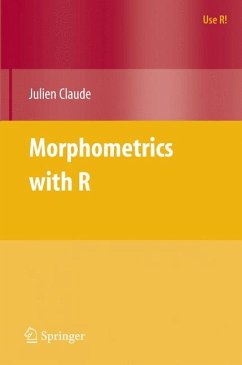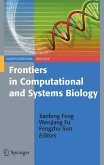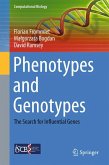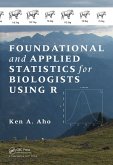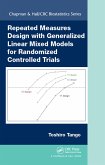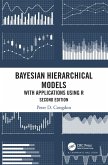The R language and environment offers a single platform to perform a multitude of analyses from the acquisition of data to the production of static and interactive graphs. This offers an ideal environment to analyze shape variation and shape change. This open-source language is accessible for novices and for experienced users. Adopting R gives the user and developer several advantages for performing morphometrics: evolvability, adaptability, interactivity, a single and comprehensive platform, possibility of interfacing with other languages and software, custom analyses, and graphs. The book explains how to use R for morphometrics and provides a series of examples of codes and displays covering approaches ranging from traditional morphometrics to modern statistical shape analysis such as the analysis of landmark data, Thin Plate Splines, and Fourier analysis of outlines.
The book fills two gaps:
- The gap between theoreticians and students by providing worked examples from the acquisition of data to analyses and hypothesis testing.
- The gap between user and developers by providing and explaining codes for performing all the steps necessary for morphometrics rather than providing a manual for a given software or package.
Students and scientists interested in shape analysis can use the book as a reference for performing applied morphometrics, while prospective researchers will learn how to implement algorithms or interfacing R for new methods. In addition, adopting the "R" philosophy will enhance exchanges within and outside the morphometrics community.
Julien Claude is evolutionary biologistand palaeontologist at the University of Montpellier 2 where he got his Ph.D. in 2003. He works on biodiversity and phenotypic evolution of a variety of organisms, especially vertebrates. He teaches evolutionary biology and biostatistics to undergraduate and graduate students and has developed several functions in R for the package APE.
Dieser Download kann aus rechtlichen Gründen nur mit Rechnungsadresse in A, B, BG, CY, CZ, D, DK, EW, E, FIN, F, GR, HR, H, IRL, I, LT, L, LR, M, NL, PL, P, R, S, SLO, SK ausgeliefert werden.
"A key feature of this book is the extensive use of R, both through the direct use of code and through references to a large number of packages relevant to the morphometrics area.... This is an interesting book and I certainly learned new things by reading it. Its particular contribution is to bring together a wide variety of tools, both statistical and computational, which are relevant to morphometrics and to present these in a very practical manner through R. Those who are new to the topic are likely to gain most value from the book once they have gained some familiarity with at least some of the tools involved. However, the synthesis of tools presented here will undoubtedly lead readers into contact with, and subsequent understanding of. a wider array of methods at a very practical level." (Adrian Bowman, The American Statistical Association, Volume 31, September 2009)

